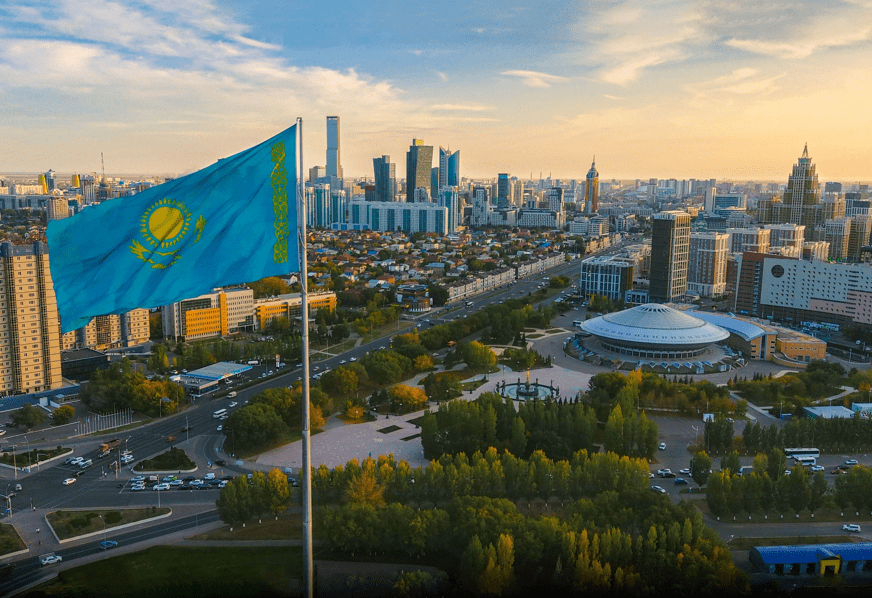According to the October report released by the International Monetary Fund (IMF), the global economy in 2025 is expected to maintain its established hierarchy of leading economies. However, its structure will differ notably depending on the calculation method — by market prices or by purchasing power parity (PPP). These two indicators reflect different aspects of a country’s economic strength: nominal GDP shows the value of a country’s total output in US dollars at market exchange rates, while GDP at PPP converts that same output into international dollars, taking into account how much can be purchased domestically at local prices compared with the United States. If a country’s prices are lower than in the US, its GDP at PPP will be higher because the same amount of money buys more goods and services.
The United States, accounting for just over one-quarter of global output, will remain the world’s largest economy with GDP of 30.6 trillion US dollars. It will be followed by China (19.4 trillion US dollars) and Germany (5 trillion US dollars).
When price levels and purchasing power are taken into account, the overall structure remains similar, though China and India gain a relative advantage. In PPP terms, China will take the lead with GDP of 41 trillion international dollars, surpassing the United States (30.6 trillion international dollars) by one-third. India will rank third with GDP of 17.7 trillion international dollars, significantly exceeding the internal output of the other economies in the top ten.

At the regional level, Kazakhstan is projected to rank 50th globally by nominal GDP (300 billion US dollars) and 37th by PPP (912.6 billion international dollars) in 2025. The difference is explained by lower price levels for goods and services in Kazakhstan compared to developed countries, making its economy appear roughly three times larger in PPP terms.
Among its neighbors, Kazakhstan will maintain clear leadership: Uzbekistan is expected to rank 62nd by nominal GDP (137.5 billion US dollars) and 55th by PPP (473.5 billion international dollars); Belarus — 81st and 64th, and Turkmenistan — 87th and 89th, respectively. Kyrgyzstan and Tajikistan will remain on the periphery of the global ranking, though their PPP figures (over 60 billion international dollars) will be almost three times higher than their nominal ones.
Thus, Kazakhstan will account for more than 50% of the combined GDP of Central Asian countries, both in nominal and PPP terms, and will remain the region’s key economic hub, combining steady growth dynamics with moderate price levels and relatively strong domestic demand.



